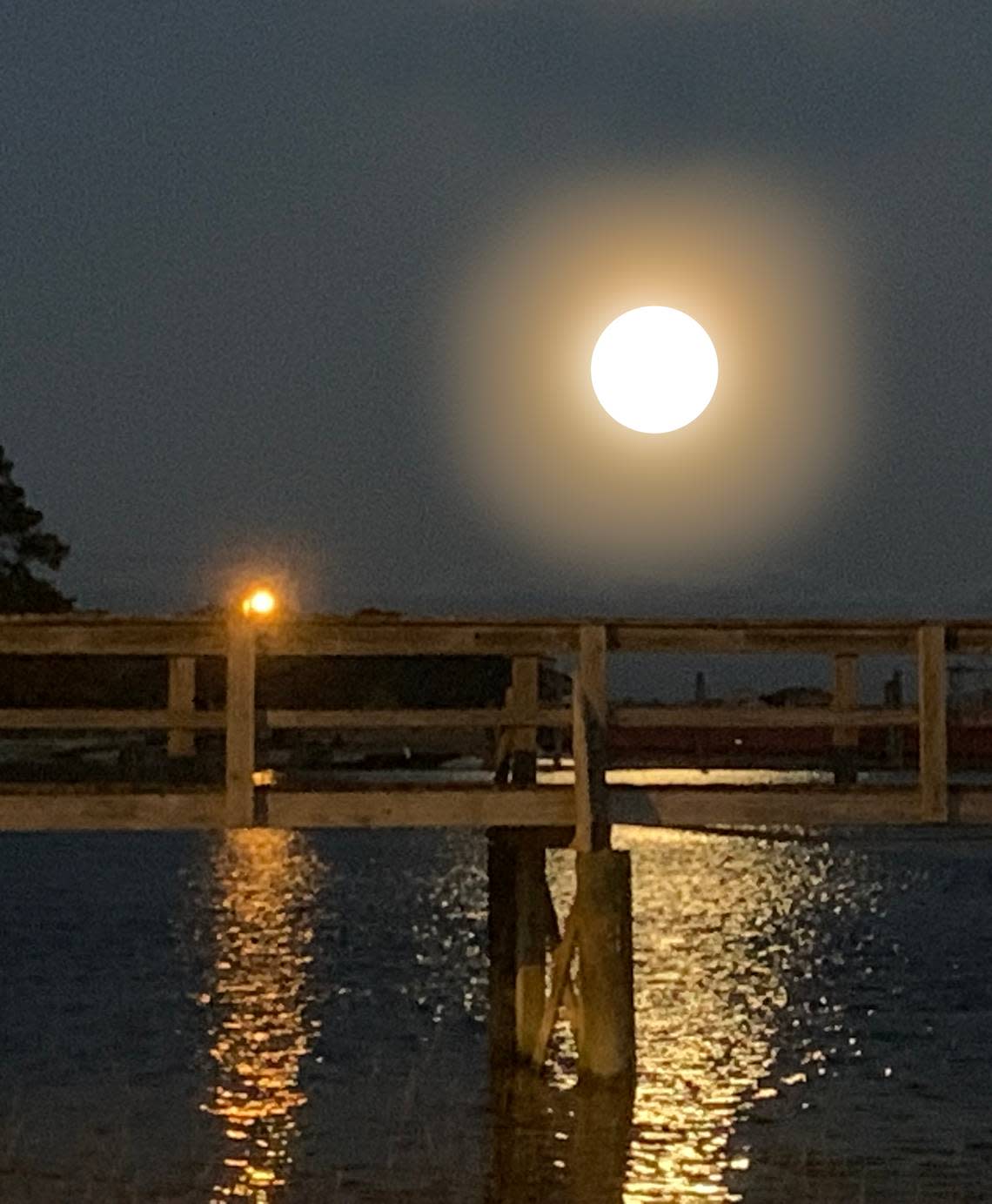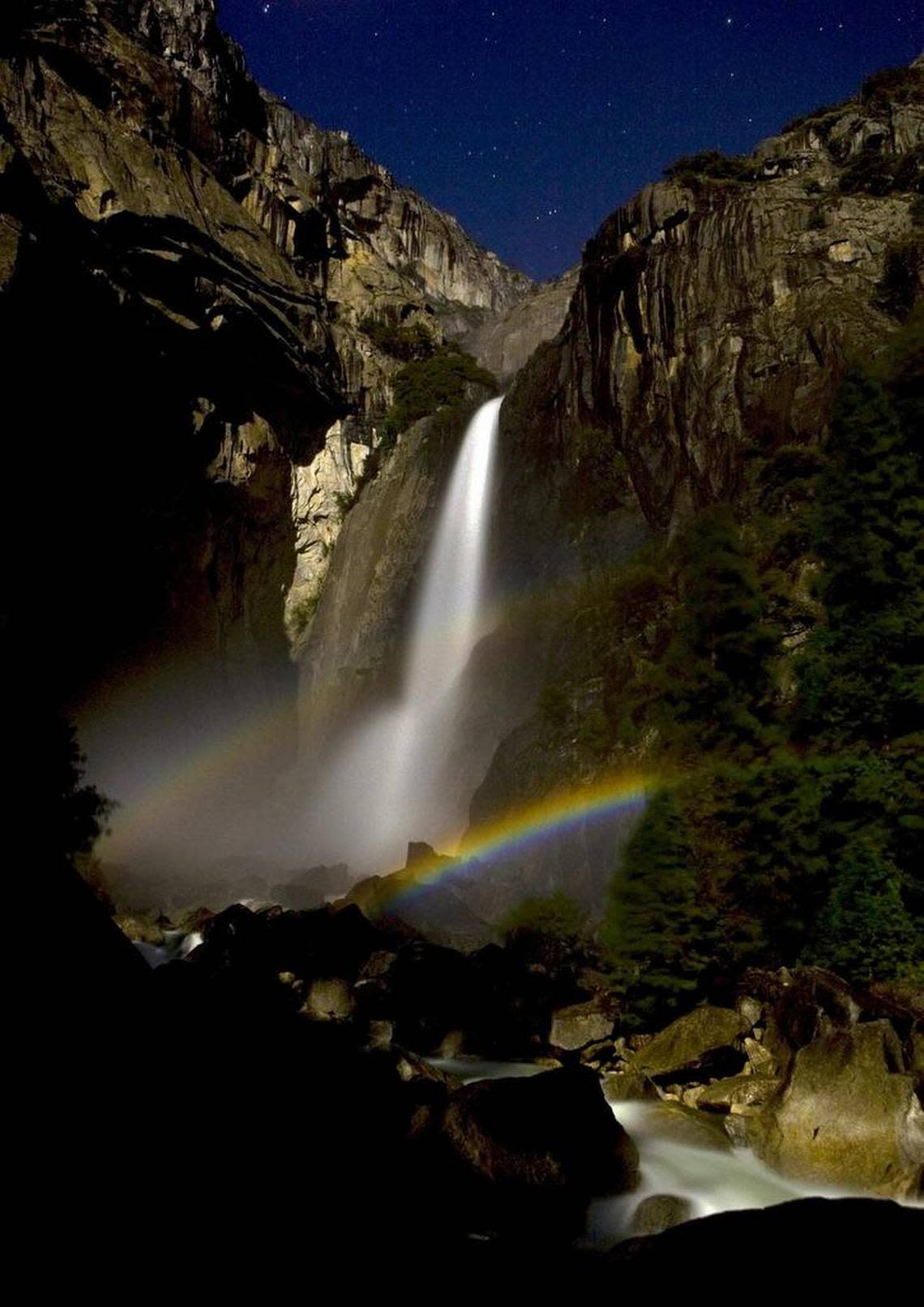A worm moon will hang over SC soon and there could be a moonbow. Here’s when and what that means
Have you ever heard of a worm moon?
If not, chances are you have still seen one.
On Tuesday, South Carolina residents will have the opportunity to view the last full moon of winter. This full moon is also known as the worm moon.

The moon will appear full on the nights of both Monday and Tuesday. However, weather permitting, you should be able to view this year’s worm moon at its peak illumination at 7:40 a.m. on Tuesday, according to the Farmers’ Almanac.
The moon is expected to be “spectacularly bright” as it rises above the horizon on Monday evening into Tuesday, the almanac states..
Why is it called a worm moon?
Why exactly is March’s full moon named after a worm?
Although it was originally thought that the name worm moon referred to the earthworms that appear in the spring’s warming soil and is a telling sign of the impending springtime, there may be more to the story than initially believed.
“In the 1760s, Captain Jonathan Carver visited the Naudowessie (Dakota) and other Native American tribes and wrote that the name worm moon refers to a different sort of ‘worm’—beetle larvae—which begin to emerge from the thawing bark of trees and other winter hideouts at this time,” according to the Farmers’ Almanac on the history of the meaning behind the moon’s name.
Will there be anything special about this full moon?
What makes this full moon different?
Other than its peculiar name, this moon has the potential to put on a colorful display depending on the weather.
If there is just a bit of rain present on either of the two nights, a rare phenomenon called a moonbow could occur.

The Farmers’ Almanac describes a moonbow as similar to a solar rainbow except it is created by moonlight, rather than sunlight, when it is refracted through water droplets in the air.
The moonbow phenomenon will only happen when a full moon is fairly low in the sky.
Onlookers are recommended to look for one in the hours after sunset when the sky has darkened.
Moonbows can also be called lunar rainbows and, although they are a rare phenomenon, they can happen.
For one to occur, several conditions have to be just right, according to the International Dark-Sky Association.
These conditions include:
There must be a full or nearly-full moon.
There will have to be a mostly clear sky with very few or no clouds between the observer and the water drops.
The sky has to be very dark and with no artificial light or light pollution.
